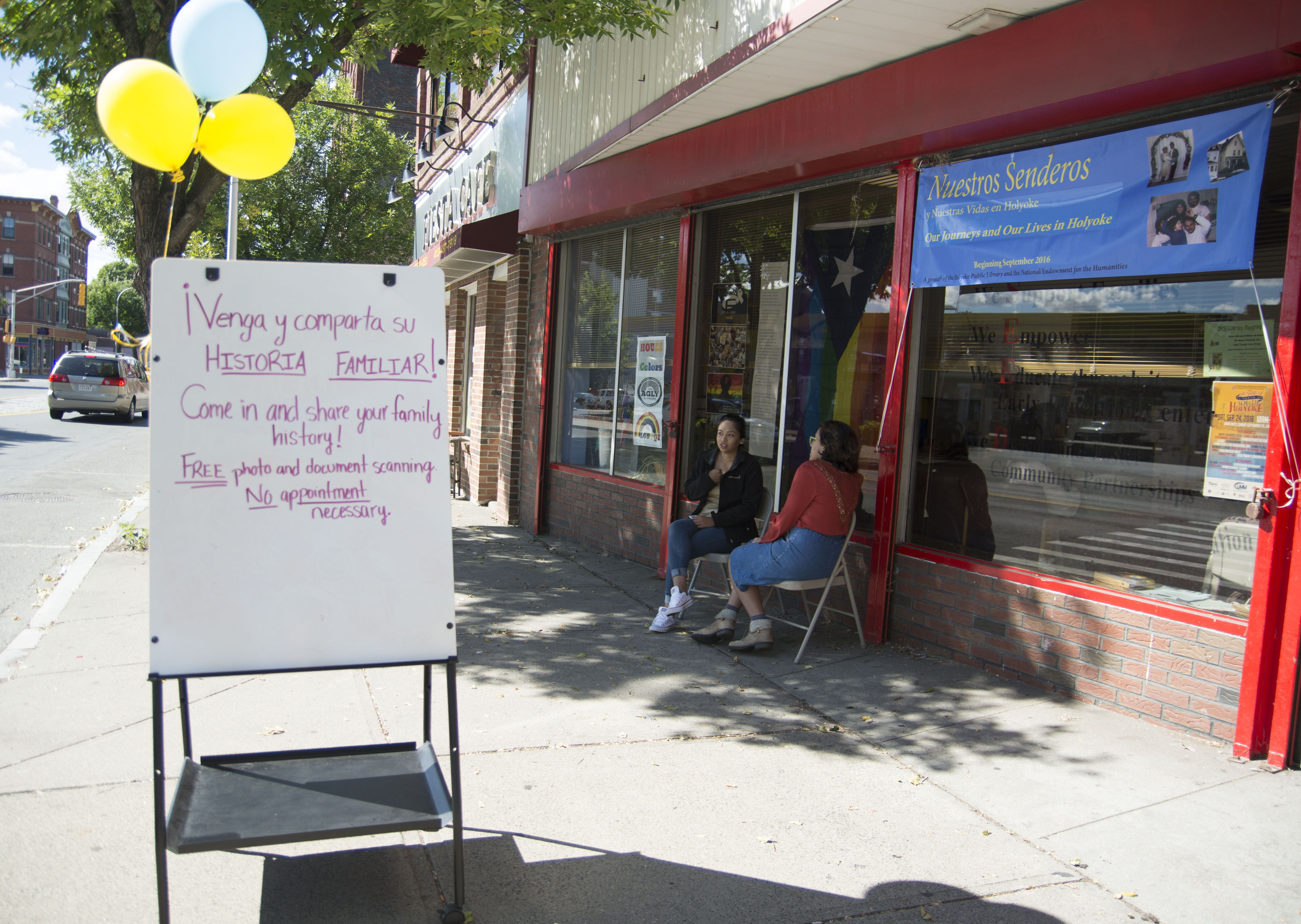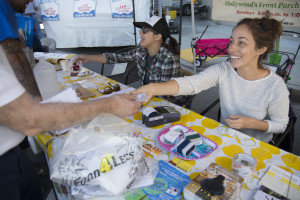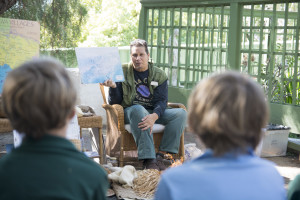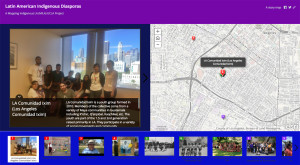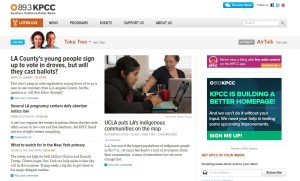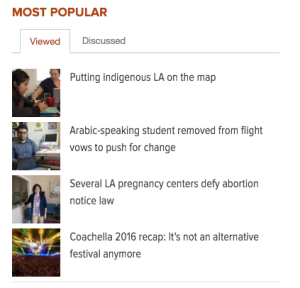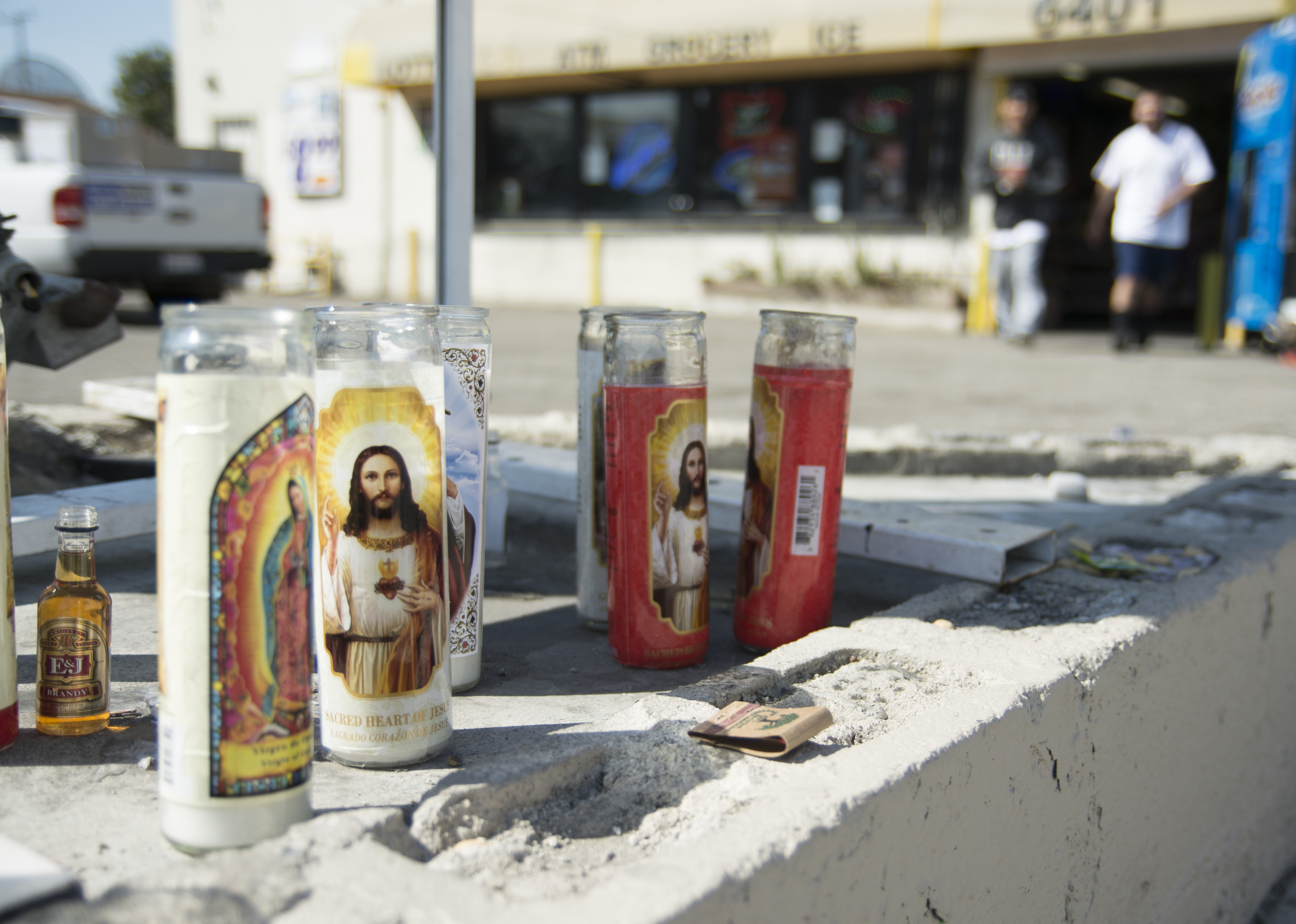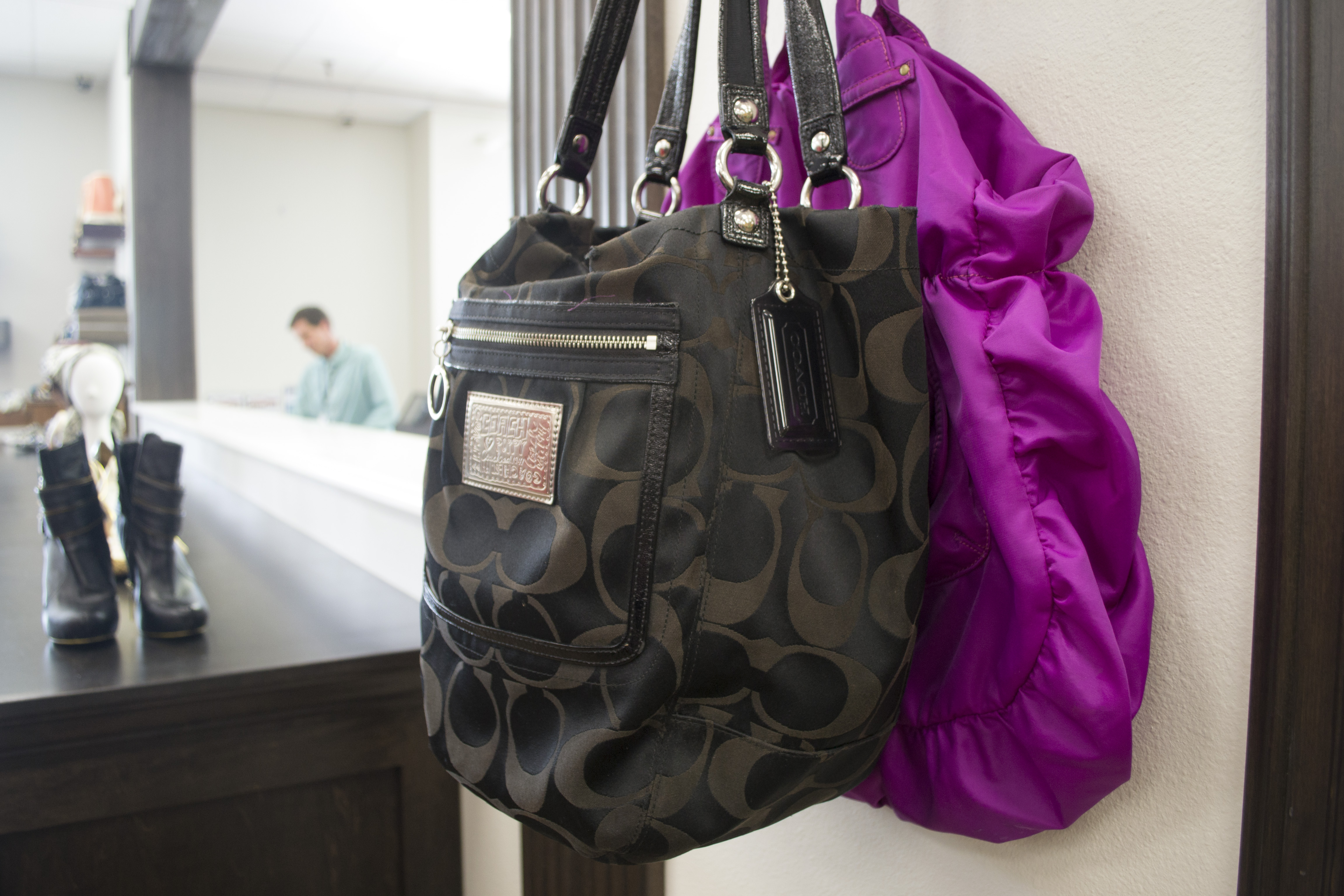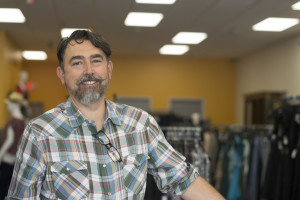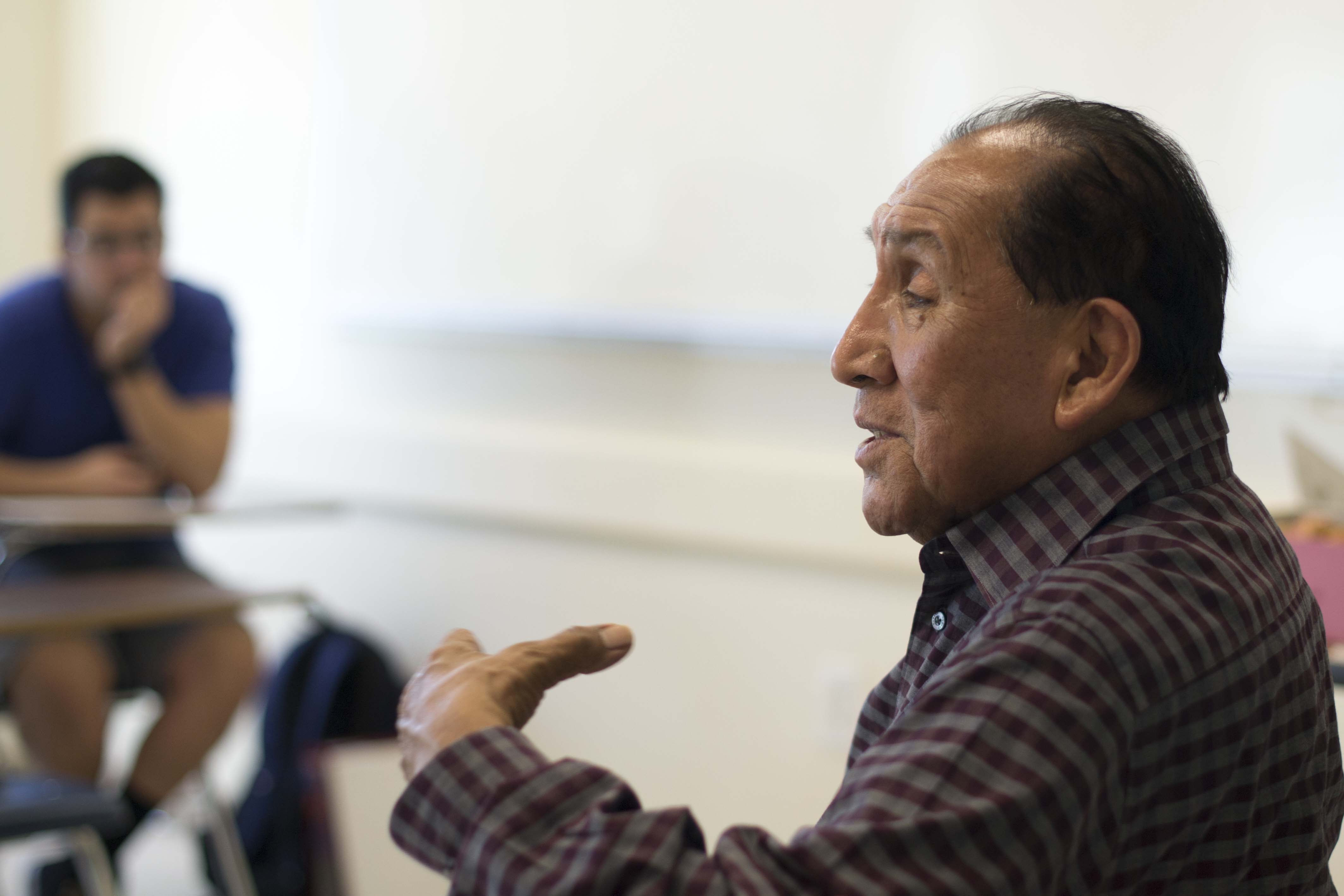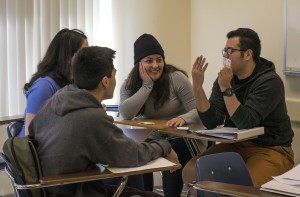When Eileen Crosby began working as the archivist at the Holyoke Public Library four years ago, she said she found great resources about the city’s early industrial history, and the waves of Irish and Polish migrants who settled in the town generations ago.
“We had materials on all those groups, but what we didn’t have in the archives, very much of, was any really rich material about any groups that arrived in Holyoke after about the 1950s,” Crosby said.
Specifically, Crosby said, the archive had very little information about the thousands of Puerto Ricans who moved to Holyoke in the second half of the 20th century. So Crosby and her team sought out a grant from the National Endowment for the Humanities.
“We really wanted to use it to try to start capturing this missing piece, and I say start because we’re really just scratching the surface,” she said.
The grant project is called Nuestros Senderos: Our Journeys and Our Lives in Holyoke. Its aim is to identify some of the Puerto Rican families who have built their lives in Holyoke. Among them — Julita Rojas, who moved to New York City from Puerto Rico in the 1960s. But when she took a trip out to Holyoke to visit her sister in the summer of 1969, everything changed.
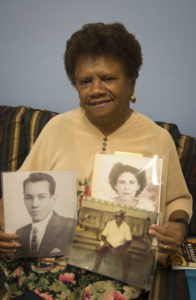
“I said, ‘Oh, I love this place!’ And then six months later…I moved to Holyoke with all my family,” she said. “Ever since, I’ve been here.”
Rojas raised her four children in Holyoke. She now has six grandchildren and one great-grandchild who also live in the area. And it’s important to her to share her story with them, and with future generations.
“I want them to know the roots,” she said. “I want them to know where I came from and all the things that’s happened in Puerto Rico, yes.”
Rojas brought three family photos with her to the library’s community digitization event on Saturday.
Crosby and her team of volunteers made digital copies of photos and documents that community members brought in to share. They also had a booth set up to make audio recordings of family stories. All those files will be saved in the archive to help fill out the story of the city’s diverse heritage.
“The reason we don’t have more family history materials in general is people think, ‘Well, it’s just my family who would be interested in that?’” Crosby said. “But there’s actually, in that material, the things we collect about our own families, there’s a lot social history…There might be information about the neighborhood, about schools, about cultural traditions.”
Just a handful of families shared their stories and photos at the first event. Crosby said the library is hoping to gather more as the project continues through next spring.
Listen to this story on New England Public Radio
